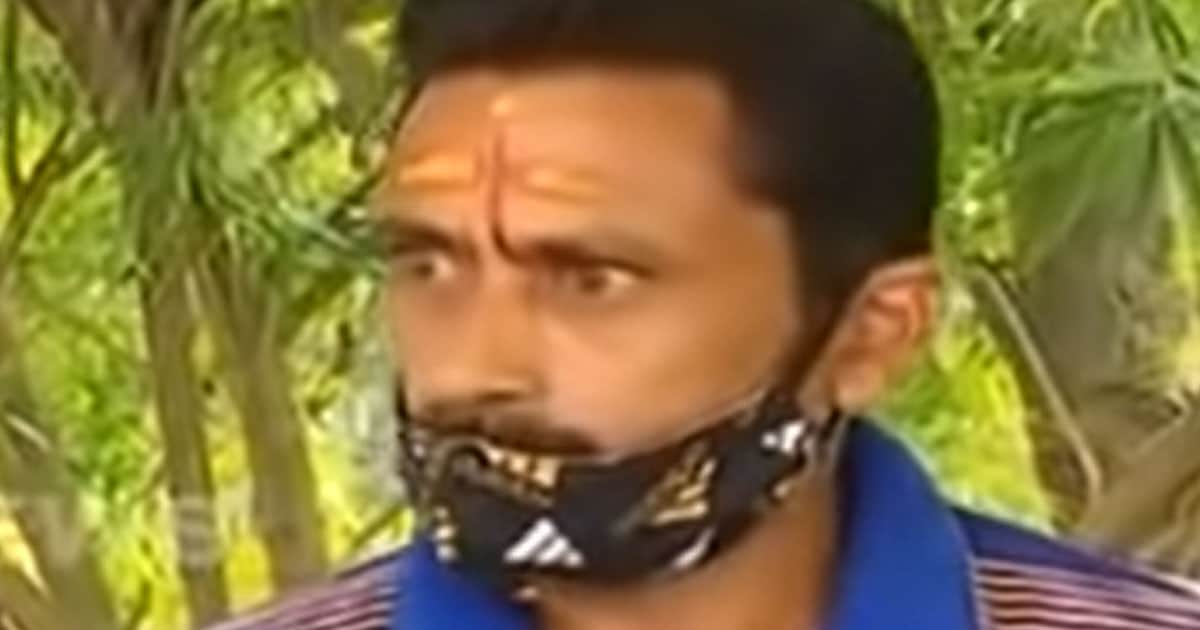The narratives of street food in Odisha are incomplete sans a mention of Dahi Bara (deep-fried urad lentils fritters or dumplings soaked in curd) Aloo Dum (potato curry) of Cuttack. Breakfast or snacks staple for many or purely a soul-satiating delicacy one can feast on any time of the day; this salivating street food’s growing popularity has marked its presence almost across the state.
Often served in khali (Indian eating bowl crafted with large dried leaves) in a layered manner and topped with sev (deep-fried thin strands of gram flour), this culinary fare is an attraction in itself.

Abhay, a street food vendor in Bhubaneswar, is adding to its allurement. His stall has nothing fancy, but passersby are drawn to it and bound to pause. Apart from serving this popular street food and an array of other snacks, he treats them with his spellbinding performance of Dasakathia.
It is a traditional Odia folk performing art. Ironically, over the years, it started to lose popularity to newer modes of entertainment. Abhay’s attempt to draw customers to his stall by performing Daskathia has been appreciated by many. While the older population gets a nostalgic feeling, the younger ones are fascinated by this art which is rendered in a singsong manner. In fact, many have turned into regular visitors who come to satisfy their taste buds, get entertained, and at times hum along.
He also admits that apart from satiating people’s hunger, he feels elated when they stop and admire his performance of Daskathia.
Before starting his business for the day, he begins by performing it with his guru praising Lord Lingaraja. Recently, he caught the attention of a local news channel, Kanak News. One can find his stall named Baba Sadhubramha Tiffin Centre in front of the famous Lingaraja Temple, Bhubaneswar.
“The traditional and unusual performing art of Daskathia has almost gone extinct. If one doesn’t make an effort to restore, it might not be alive for the next generation,“ answering to why he choose this unique way to run his business.
As we look at history, Daskathia’s performance mainly narrates mythological stories, primarily about Lord Shiva. Another interesting element is its satire and social message. It is usually rendered by two performers who use a pair of wooden instruments (Kathia) and make it musical. The one who leads is called Gahana/Gayaka, and the other who follows the lead is described as Palia. Along with playing the Kathia, the performers vocalize a form of ballad singing.
If you happen to visit Bhubaneswar, the capital city of Odisha, and crave Dahi bara aloo dum, don’t miss going to Abhay’s stall. We are sure you would strike a chord with this state’s exotic culture.

